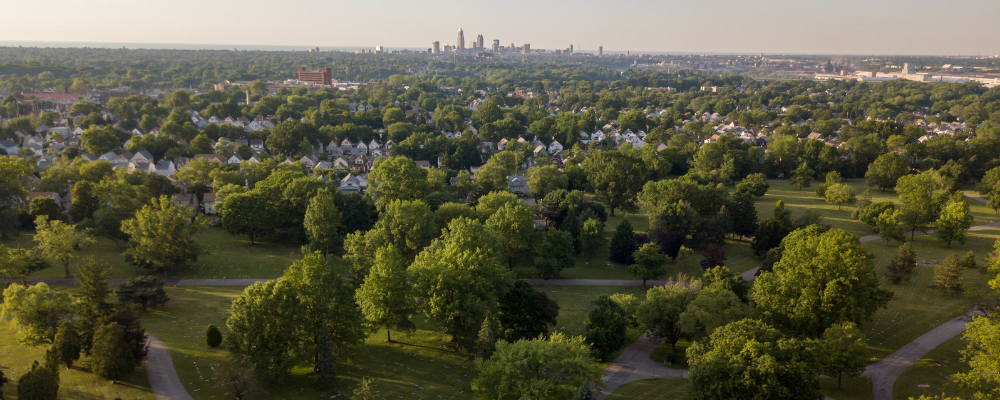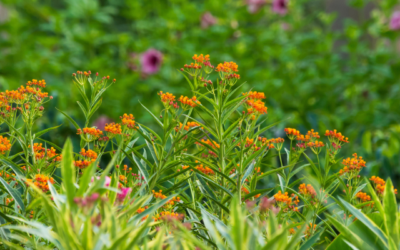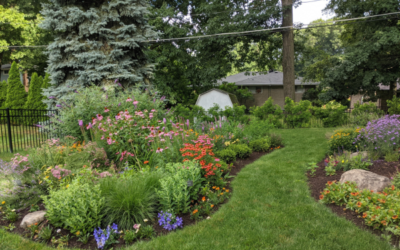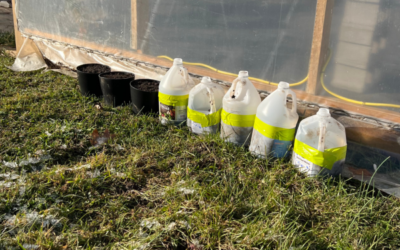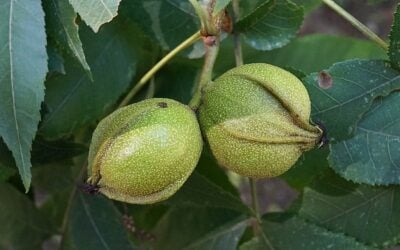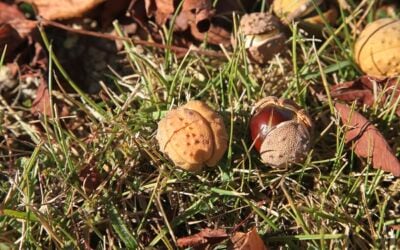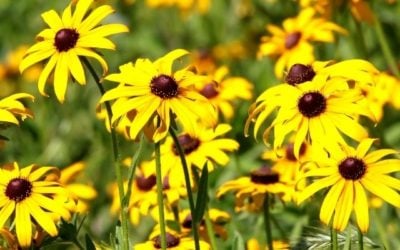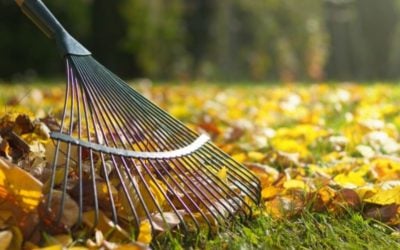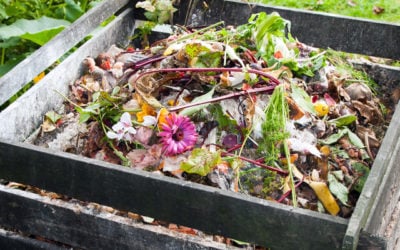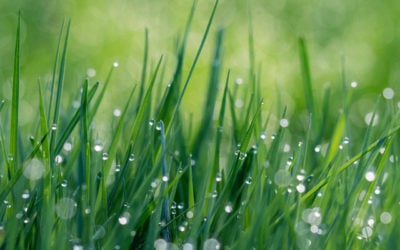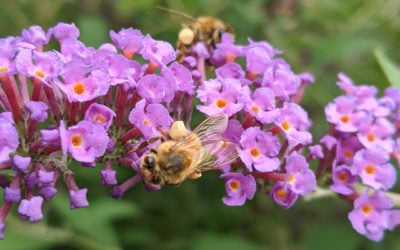A healthy urban tree canopy has a profound and positive impact on community quality of life in various ways. A robust and well-managed urban tree canopy enhances the overall quality of life in communities by addressing environmental, social, and economic aspects. Recognizing the value of urban trees and investing in their preservation and expansion can contribute to sustainable, resilient, and vibrant urban living.
Here are several key benefits:
- Air Quality Improvement:
- Urban trees act as natural air filters, absorbing pollutants and releasing oxygen. They help improve air quality by reducing the levels of harmful gases and particulate matter, leading to a healthier and more pleasant living environment.
- Temperature Regulation:
- Trees provide shade, reducing the urban heat island effect. By lowering temperatures in urban areas, they contribute to a more comfortable climate, making outdoor spaces more enjoyable for residents and reducing the demand for energy-intensive air conditioning.
- Aesthetic and Psychological Well-being:
- Urban trees enhance the visual appeal of neighborhoods, contributing to a sense of place and identity. Access to green spaces with trees has been linked to reduced stress, improved mental well-being, and an overall increase in residents’ satisfaction with their surroundings.
- Access to nature and green spaces has been associated with improved physical health. Residents in neighborhoods with a healthy tree canopy are more likely to engage in outdoor activities, promoting an active lifestyle and reducing the risk of various health issues.
- Noise Reduction:
- Trees can act as natural sound barriers, absorbing and blocking urban noise. This helps create quieter and more peaceful neighborhoods, positively influencing residents’ mental health and overall quality of life.
- Biodiversity and Habitat Support:
- A healthy urban tree canopy provides habitats for birds, insects, and other wildlife. This biodiversity contributes to the ecological balance of urban ecosystems, fostering a connection to nature and enriching the overall urban environment.
- Increased Property Values:
- Properties with well-maintained trees and greenery often have higher real estate values. Aesthetic appeal, improved air quality, and the overall desirability of living in a green neighborhood contribute to the economic value of residential and commercial properties.
- Stormwater Management:
- Urban trees play a role in managing stormwater runoff by absorbing and slowing down rainwater. This helps prevent flooding, erosion, and the contamination of water bodies, contributing to a safer and more resilient urban infrastructure.
- Energy Conservation:
- Properly placed trees can provide shade to buildings, reducing the need for air conditioning during hot seasons. This leads to energy savings and a more sustainable urban environment.
Beyond their aesthetic appeal, trees contribute significantly to the environmental, social, and economic well-being of communities. Reading through the many benefits trees bring, it becomes clear that preserving and expanding our urban tree canopy is not just a responsibility but a necessity for creating sustainable and healthy cities.
What can you do to contribute to this cause? There are simple yet impactful steps you can take. First, you can advocate for more trees in your community. Raise awareness about the importance of preserving and expanding green spaces. Planting a tree in your backyard or participating in local tree-planting initiatives is a tangible way to make a positive impact. Additionally, consider contributing to the conservation efforts in your city.
At West Creek Conservancy, our mission is to protect, restore, and connect greenspaces and nature right here in Northeast Ohio. By supporting us, you actively participate in safeguarding the invaluable benefits that trees provide. Your support enables us to continue our efforts in making a lasting impact on our shared green spaces. Together, let’s foster a sense of environmental stewardship and create urban environments where trees flourish, and our community thrives.
More Articles for a Healthy Yard and Home
How To Fight Stream Pollution Through Effective Stormwater Management
In this guide, we’ll explore and address how pollutant loading in streams is crucial for the well-being of both watersheds and communities.
Shrink Your Lawn: A Guide to Growing More Native Plants
In this guide, we’ll explore the importance of reducing your lawn’s size and explain the many benefits it brings, both for your wallet and the environment.
Cold-Weather Cultivation: 8 Steps to Winter Sowing and Seed Stratification
It is important to determine when native seedlings are ready for harvest. Not sure how to? Check out our guide to harvesting native seedlings.
How to Know When Native Seedlings are Ready to be Harvested
It is important to determine when native seedlings are ready for harvest. Not sure how to? Check out our guide to harvesting native seedlings.
Harvesting Guide for Native Seedlings and Plants
Stearns Native Nursery is always in need of native trees and seedlings. To get your native plants to the Stearns Nursery, follow this harvesting guide.
How to Add Native Plants to Your Garden
Many of us have chosen to cultivate species and landscapes that are not naturally-occurring in our region. It’s wasteful, expensive and detrimental to wildlife who encounter reduced availability of the native species upon which they feed.
Wildlife-Friendly Fall Yard Cleanup
Before any landscape program begins, assess the current conditions of your home landscape. This assessment will help you to identify and prioritize future projects and allow you to appreciate all the positive changes you’ve made.
Composting 101
Before any landscape program begins, assess the current conditions of your home landscape. This assessment will help you to identify and prioritize future projects and allow you to appreciate all the positive changes you’ve made.
Turf Grass Care
Before any landscape program begins, assess the current conditions of your home landscape. This assessment will help you to identify and prioritize future projects and allow you to appreciate all the positive changes you’ve made.
What is a Pollinator Garden?
Before any landscape program begins, assess the current conditions of your home landscape. This assessment will help you to identify and prioritize future projects and allow you to appreciate all the positive changes you’ve made.

